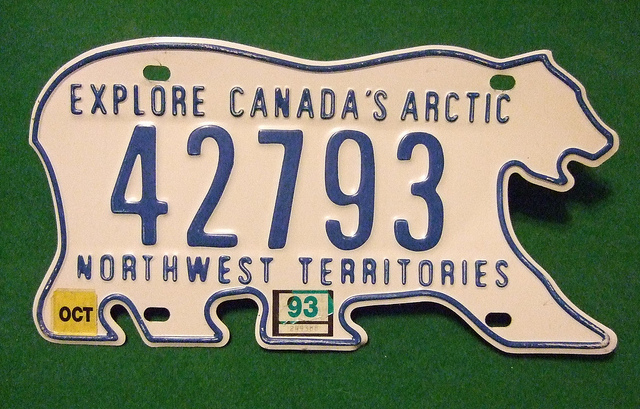Norman Wells, Northwest Territories, incorporated as a town in 1992, population 673 (2021 census), 778 (2016 census). The town of Norman Wells is located on the north bank of the Mackenzie River, 145 km south of the Arctic Circle and 684 km northwest of Yellowknife by air. It was the first settlement in the Northwest Territories founded entirely as a result of non-renewable-resource development. The name owes to the site’s close proximity to Fort Norman (now Tulita), 85 km upstream on the Mackenzie.
History
The Dene knew of the existence of seeping oil and called the area Le Gohlini (meaning “where the oil is”). Imperial Oil began drilling wells in 1919 and built a small refinery, which operated until 1925. Radium mining on Great Bear Lake (1933) and gold mining at Yellowknife (1936) led to the refinery being reopened and new facilities built. During the Second World War, the Unites States government feared that the Japanese would target oil resources on the West Coast. For this reason, the US army led construction of the Canol pipeline between Norman Wells and Whitehorse, Yukon. The pipeline was abandoned after the war. In the spring of 1985, the Norman Wells pipeline, linking Norman Wells to the south, was completed. Enbridge now operates this system as Line 21. The refinery closed in 1996, but the area’s oil fields continue to produce. Natural gas, a by-product of oil extraction, generates electricity for the town.
Transportation
Norman Wells is the main transportation centre for air and river traffic in the region. A winter road (December to March) connects the town to the main highway system. It runs between Wrigley on the Mackenzie Highway and Colville Lake, north of Norman Wells. The town’s tourism industry includes outfitting for those tackling parts of the Canol pipeline route, which is now a trail.
Land Claim
The Sahtu Got’ine make up about one-third of Norman Wells’ population. They continue to harvest their lands and resources in the area. The Sahtu Dene and Métis Comprehensive Land Claim Agreement (1993), confirmed Indigenous title to 41,437 km2 of land, an area larger than Vancouver Island.

 Share on Facebook
Share on Facebook Share on X
Share on X Share by Email
Share by Email Share on Google Classroom
Share on Google Classroom










